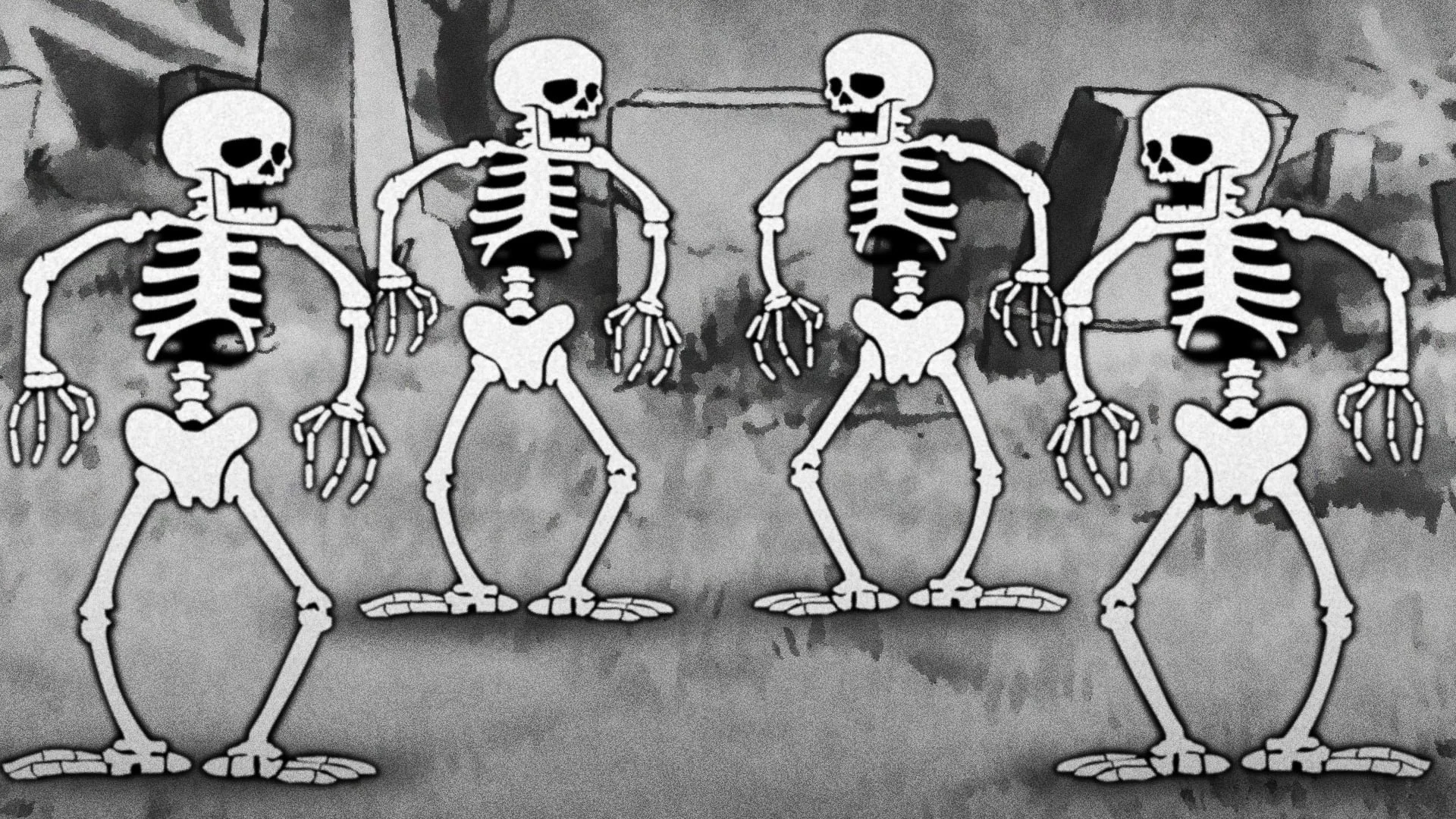Updated article, published June 5, 2022
The unpleasant feeling of having two sticks for legs at the end of the day, particularly in hot or stormy weather, is often the result of disorders of venous circulation and water retention. Causes, symptoms, tips to limit swelling and relieve pain… We tell you everything about the too famous heavy legs.
What are heavy legs?
The feeling of heavy legs and the swelling that accompanies it are due to a venous return too slow. When the traffic stagnates, body tissues become waterlogged and swell (this is why we also speak of “water retention”). Most of the time this fluid accumulates on the lower body (calves, ankles and feet), giving a feeling of heaviness and an increase in the volume of the limbs.
What are the causes of heavy legs?
The causes of these famous heavy legs are many : they can be genetic, linked to heat, excess weight (cholesterol weakens blood vessels) and / or a diet that is too salty and too sweet, hormonal fluctuations such as pregnancy, lack of exercise or even smoking , which reduces the tone of the veins.
Some medications such as those for high blood pressure and diabetes, corticosteroids and non-steroidal anti-inflammatory drugs can also cause edema, as can taking contraceptive pill.
What are the symptoms of water retention?
The symptoms of fluid retention are both visual and perceived : your ankles are swollen, your toes look like little cocktail sausages ready to explode, your calves are sore… You may also have difficulty putting on your sneakers and even have difficulty walking normally.
Often, these symptoms worsen throughout the dayespecially if you stand or sit for a long time without moving and it is hot outside. On the other hand, the presence on the skin of telangiectasias (small dilated blood vessels) and varicose veins (deformed veins in which the blood circulates poorly) are also signs of poor circulation.
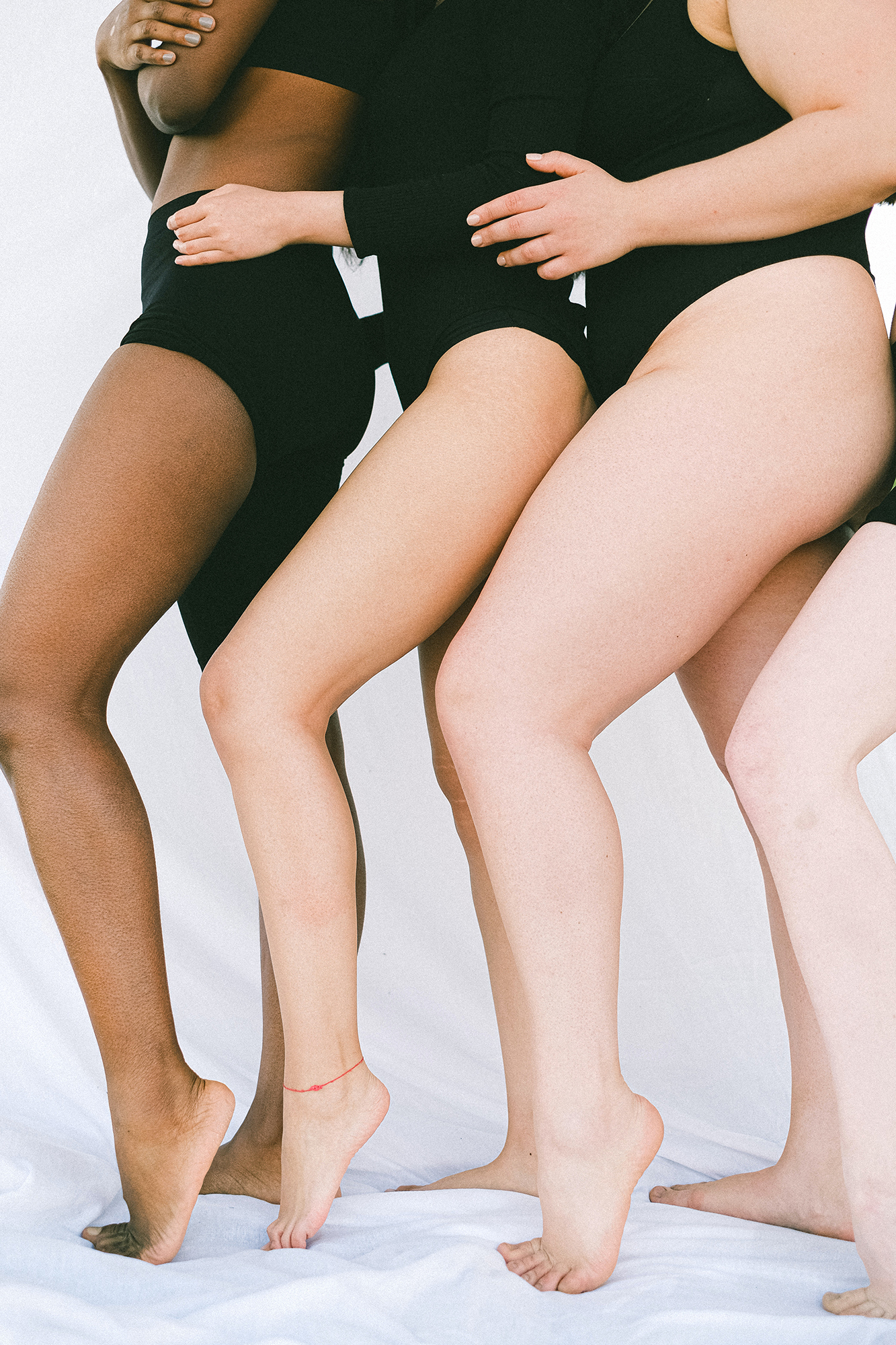
How to relieve heavy legs?
You can quickly reduce the discomfort associated with water retention with some very simple tips and some well-targeted medical appointments.
Raise your legs to reduce pressure
We sit down (or rather, we lie down) and raises the legs. To regain circulation, the legs must be extended and the feet must be placed higher than the pelvis.
Dare to cold water to revive the circulation
Once home, in the shower, let’s go a jet of cold water on the lower limbs. The cold, by narrowing the vessels, improves venous return. For maximum effect, start by washing with warm water, then insist on the legs, gradually lowering the water temperature.
Use a “light legs” product for pain relief
In the evening, as at any time of day, we can use a special toning product for heavy legs. These cosmetics, based on plants and essential oils, provide almost instant relief from pain due to venous stasis. They do not treat the causes of water retention but their fresh effect is very pleasant.
Creams, gels, sprays, massage oils… There are many and suitable for all profiles. For even greater effectiveness, the treatment is applied by performing a light lymphatic massage, starting from the ankle and going up to the knee, to stimulate the circulation of the lymph.
Wear compression stockings to unblock tissues
If the feeling of heavy legs persists or is too recurrent, a general practitioner (if you think you have varicose veins, go to a phlebologist instead) will surely recommend the use of compression stockings. It is true that they are not super glamorous, especially in summer, but the compression they exert allows to reactivate blood circulation and limit tissue congestion.
Take capsules or ampoules to tone the veins
Depending on individual needs, the health care practitioner may also prescribe venotonic. Also called phlebotropics or phlebotonics, they are drugs that help tone the veins and therefore improve venous return. And if we prefer natural methods, some food supplements (capsules, vials, powders to be diluted, etc.) based on red vine, horse chestnut or even witch hazel are often recommended for their vasoconstrictive and anti-edema effects.
Treat yourself to lymphatic drainage sessions
Sessions of lymphatic drainage manual or mechanical, carried out by a physiotherapist, it can also favor the evacuation of water and improve the functioning of the circulatory network in the long term. The good news is that, if prescribed by a doctor, sessions can be covered by social security (well, not 100%, but that’s it).
Heavy legs during pregnancy
Water retention is one of the known drawbacks of pregnancy. The impression of being a giant balloon is a consequence of the organism’s difficulties in managing the circulation of water in the body. Hormones, whose speed explodes during pregnancy, slow down the venous and lymphatic exchanges, favoring the excessive accumulation of water in the tissues. And it’s even worse at the end of pregnancy, when the uterus begins to press on the vena cava, further hampering blood circulation.
If it gets embarrassing, don’t hesitate to talk to your doctor after pregnancy so that he can prescribe compression stockings and lymph drainage sessions for you. On the other hand, pay attention to capsules, infusions and other draining drinks based on purifying or detoxifying plants : they are formally not recommended for women who are pregnant or breastfeeding without the prior consent of a doctor or a specialized phytotherapist. And for the “ice effect” cosmetics it is better to opt for a treatment formulated specifically for pregnant women.
Shopping to relieve heavy legs


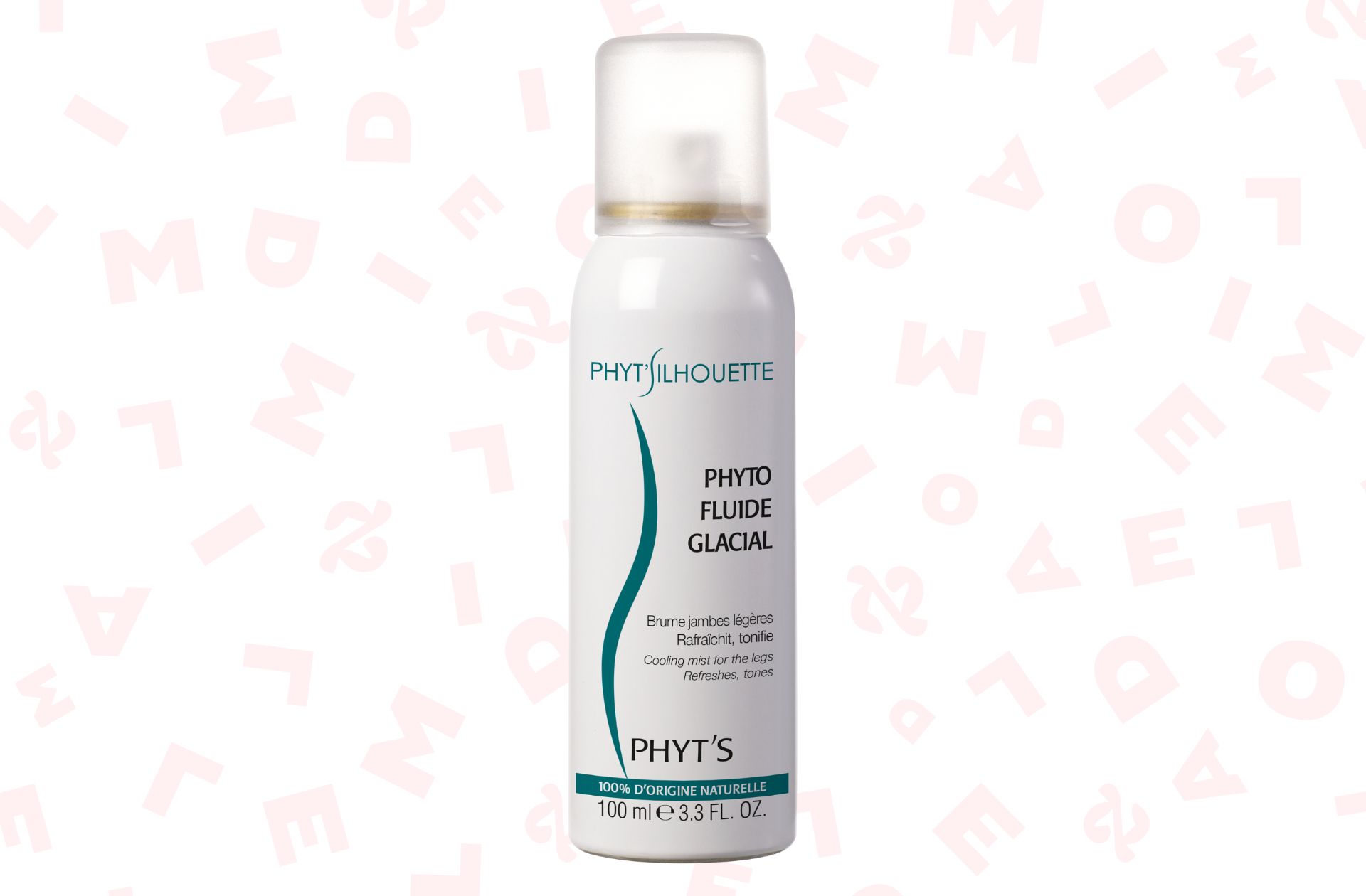
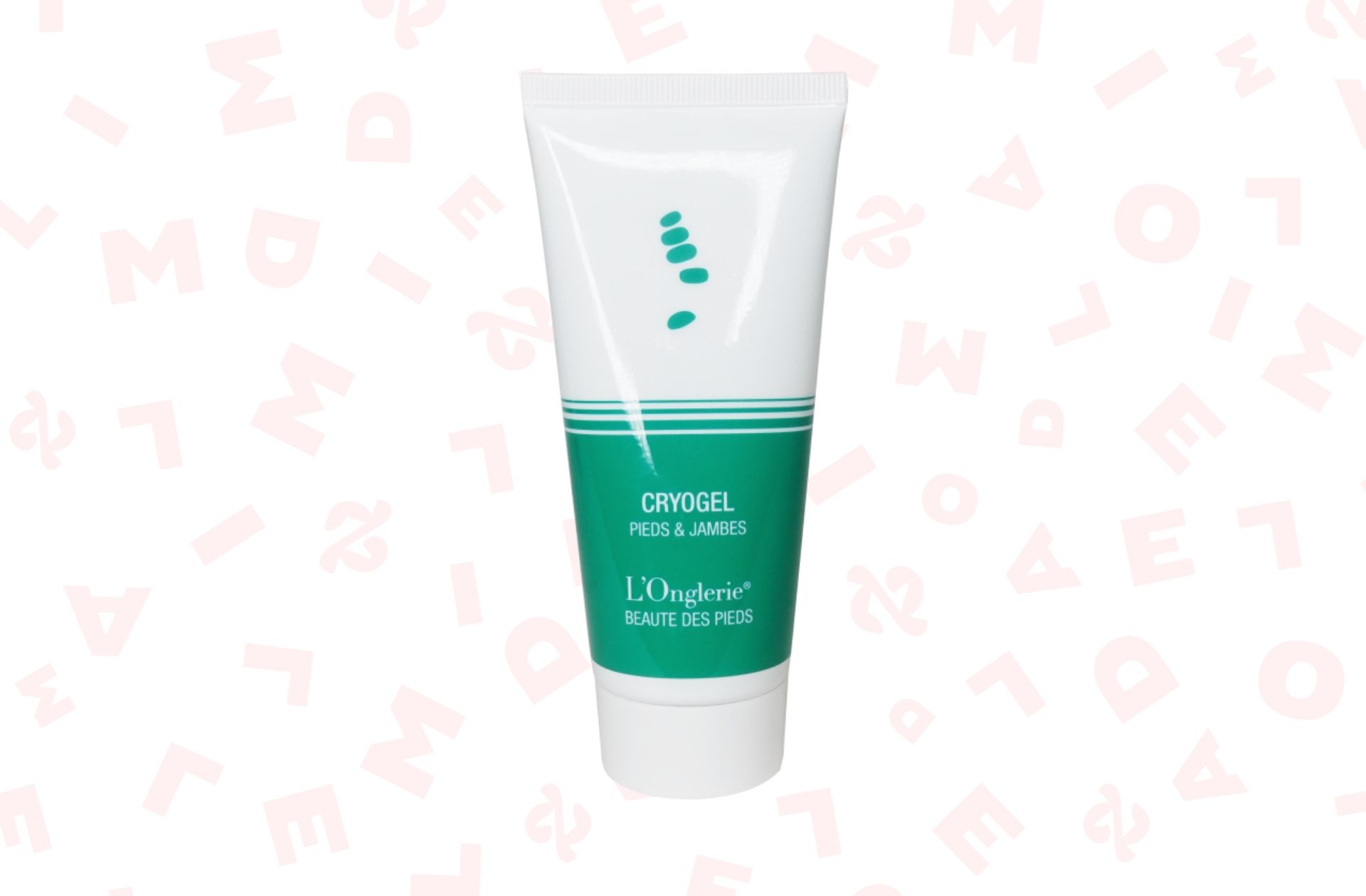
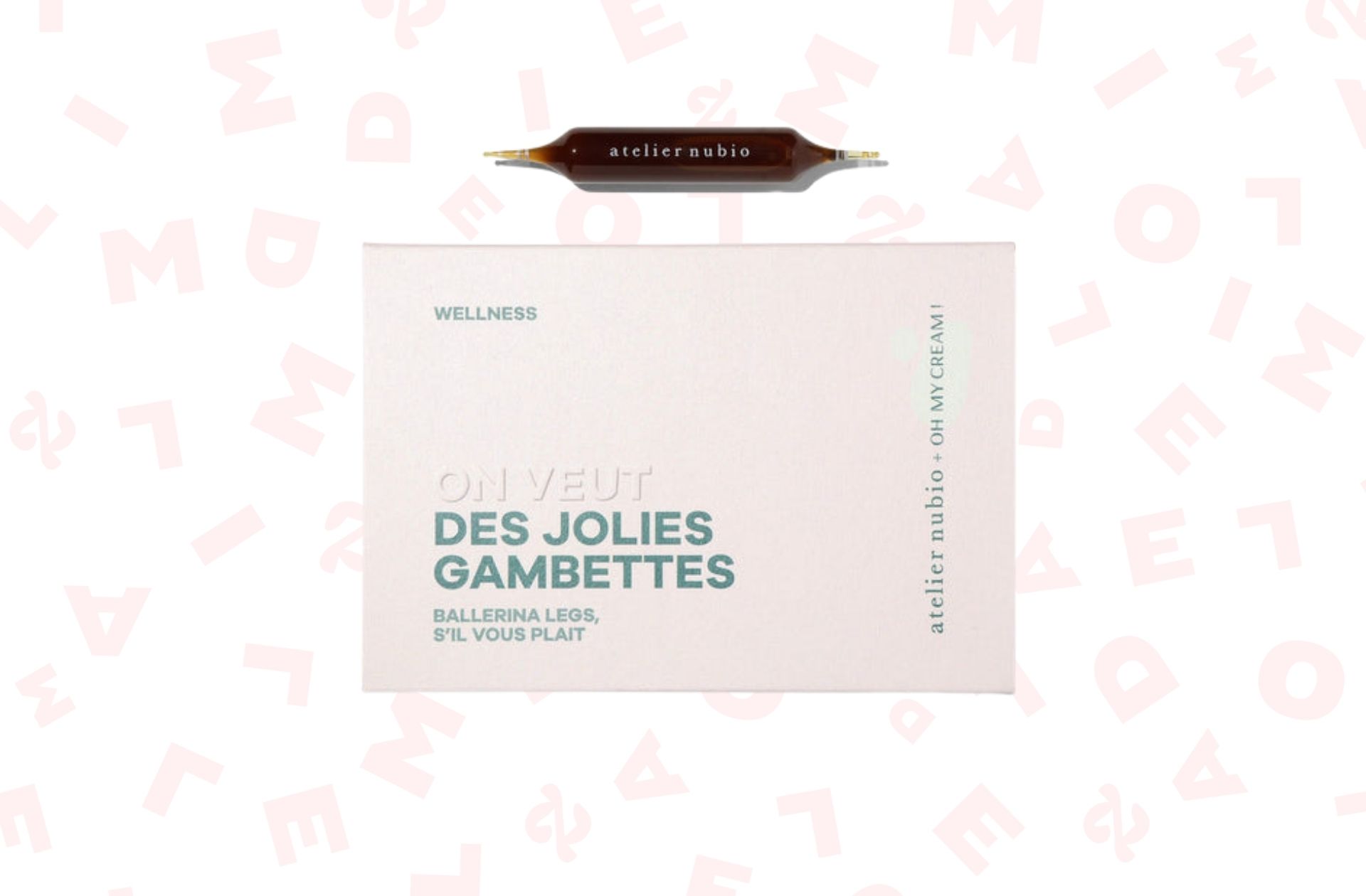
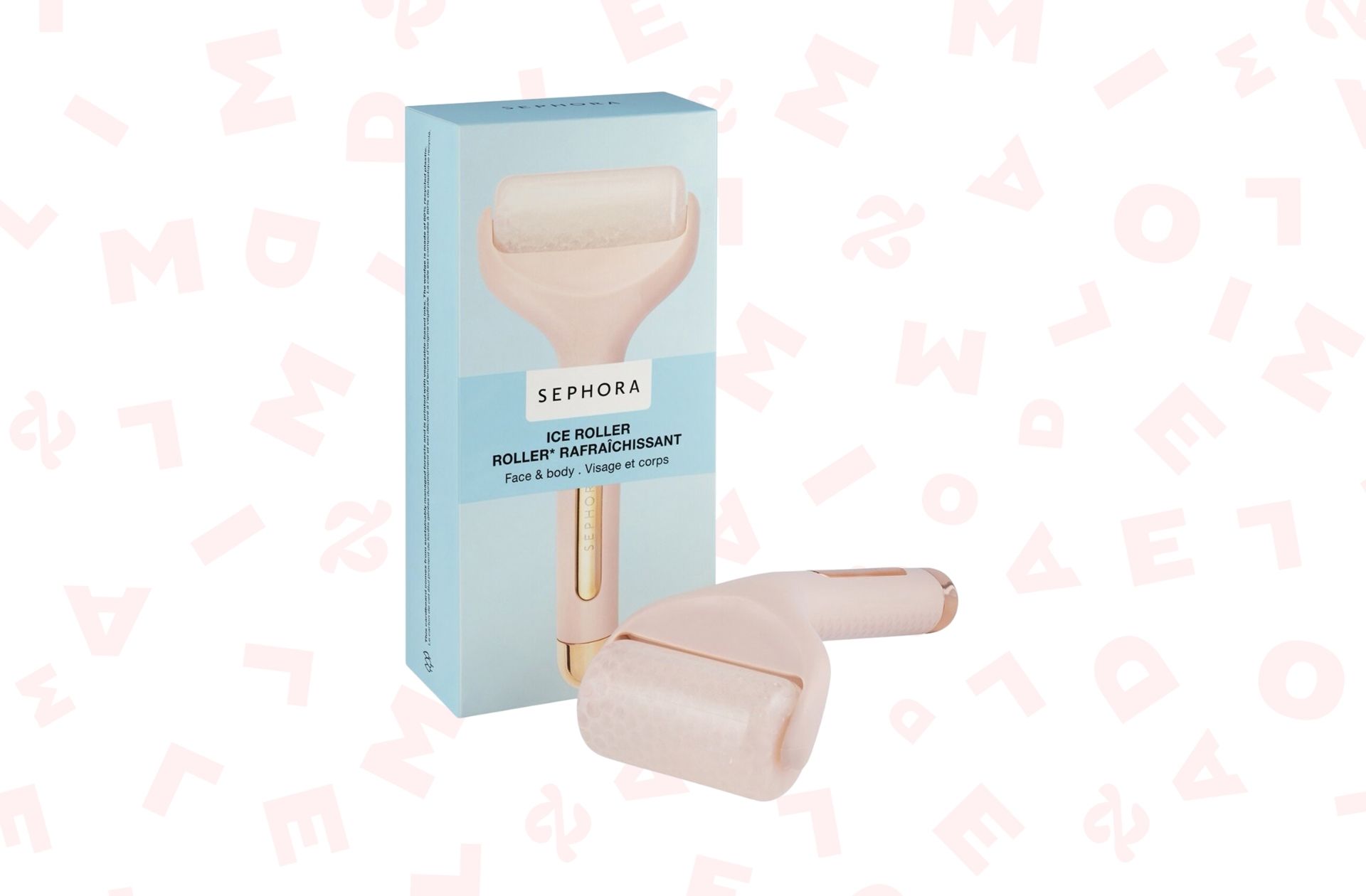
Title Image Photo Credit: Asia Image Group
Source: Madmoizelle
Lloyd Grunewald is an author at “The Fashion Vibes”. He is a talented writer who focuses on bringing the latest entertainment-related news to his readers. With a deep understanding of the entertainment industry and a passion for writing, Lloyd delivers engaging articles that keep his readers informed and entertained.


